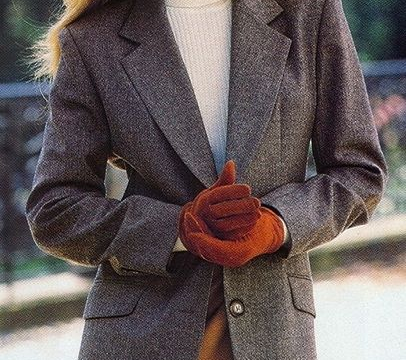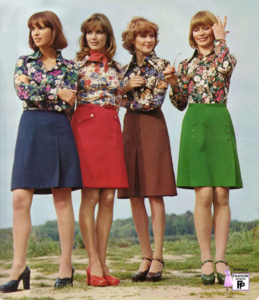
Introduction
Gone are the days when caregivers were limited to carrying babies in their arms alone. The advent of baby carriers and slings has revolutionized the way we care for our little ones. These ingenious tools not only offer convenience but also provide numerous benefits for both caregivers and babies. In this article, we will explore the advantages of using baby carriers and slings, enhancing the overall experience of caregivers.
The Benefits of Baby Carriers and Slings
-
Enhanced Bonding: Baby carriers and slings promote stronger emotional attachments between caregivers and infants. The physical closeness established fosters a sense of security and trust, benefiting the baby’s emotional development.
-
Hands-Free Convenience: With baby carriers and slings, caregivers can engage in daily activities while keeping their little ones close. Whether it’s shopping, cooking, or simply enjoying a walk, these tools offer freedom of movement without sacrificing the crucial contact with the baby.
-
Promotes Physical Development: Carrying babies in carriers and slings supports their physical development. The gentle rocking motion experienced while being carried stimulates the vestibular system, aiding in balance and coordination.
-
Reduces Crying and Discomfort: The snug environment of carriers and slings can often soothe fussy infants, reducing crying and promoting relaxation. The close proximity to the caregiver’s body helps regulate the baby’s temperature, heart rate, and breathing, leading to a calmer state.
-
Optimal Cognitive Stimulation: Carrying babies facing forward in carriers or slings exposes them to a wide range of visual stimuli, providing increased cognitive stimulation. This exposure contributes to their cognitive development and helps them explore their surroundings.
-
Facilitates Breastfeeding: Some baby carriers and slings allow discreet and convenient breastfeeding on the go. This feature promotes breastfeeding intentions, as caregivers can easily nurse their little ones without drawing unnecessary attention in public spaces.
-
Encourages Social Interaction: When using carriers or slings, babies are positioned at caregiver’s chest level, making it easier for them to observe and interact with the surrounding environment. This increased social interaction can positively impact the baby’s social and emotional development.
Conclusion
The benefits of using baby carriers and slings for caregivers are vast, ranging from strengthening the caregiver-infant bond to promoting physical and cognitive development. By incorporating these tools into their daily routines, caregivers can experience increased convenience while providing optimal care for their babies.
Investing in a quality baby carrier or sling can significantly enhance the caregiving experience, ensuring both comfort and safety for the little ones. Embrace the joys of babywearing and enjoy the many advantages it brings to you and your baby.
FAQ
Q1: Are baby carriers and slings safe for newborns?
Yes, many baby carriers and slings are designed with adjustable features to accommodate newborns safely. Look for carriers that provide proper head and neck support for the youngest infants.
Q2: Can baby carriers affect my posture?
The ergonomic designs of modern baby carriers and slings distribute the baby’s weight evenly, reducing strain on the caregiver’s back. However, it is essential to maintain good posture while using these tools to prevent discomfort.
Q3: Is it suitable to use a baby carrier or sling during hot weather?
Yes, some baby carriers and slings are made with breathable fabrics and include features to increase airflow, keeping both the caregiver and baby comfortable in hotter climates.
Q4: Can baby carriers or slings be used for twin babies?
Yes, there are specific carriers and slings available that are designed for twins. These carriers offer the caregivers the flexibility to comfortably carry both babies while providing the necessary support.
Q5: What is the recommended age limit for using baby carriers or slings?
The age limit can vary depending on the carrier or sling brand. It is important to follow the manufacturer’s guidelines and recommendations. Most carriers are suitable for babies up to 35 pounds or until they outgrow the carrier’s dimensions.
Remember to consult the manufacturers’ instructions and guidelines for proper usage and fitting to ensure the safest and most comfortable experience for both you and your baby.










